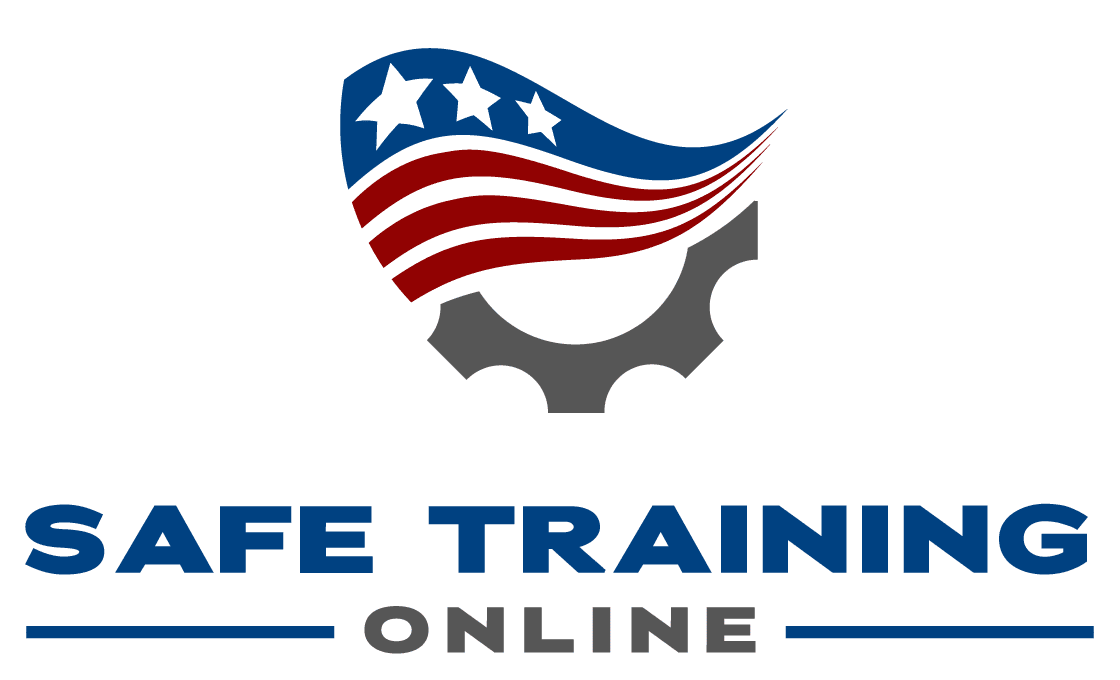Pipeline Construction Safety Training in the United States
The Vital Role of Pipeline Construction Safety Training in the United States and OSHA Regulations
Pipeline construction is a critical component of the United States’ infrastructure development, supporting the transportation of energy resources across the country. However, working on pipeline construction sites poses significant risks to workers due to the complex and potentially hazardous nature of the work. In this article, we will explore the importance of pipeline construction safety training in the United States and how it aligns with the Occupational Safety and Health Administration (OSHA) regulations. We will delve into the benefits of proper training, its impact on workplace safety, and its role in preventing accidents and injuries.
OSHA Regulations
OSHA, the federal agency responsible for ensuring safe and healthy working conditions for employees, plays a crucial role in regulating safety in the construction industry, including pipeline construction. OSHA has established comprehensive safety standards and guidelines specifically tailored to the unique hazards associated with pipeline construction. Compliance with these regulations is mandatory for employers in the industry.
Hazardous Nature of Pipeline Construction
Pipeline construction involves a wide range of tasks, including excavation, welding, heavy equipment operation, and the handling of hazardous materials such as natural gas and oil. These activities pose inherent risks to workers’ safety, making it imperative to provide proper training to mitigate those risks effectively.
Prevention of Accidents and Injuries
Pipeline construction safety training is paramount in preventing accidents and injuries. Training equips workers with the knowledge and skills necessary to identify potential hazards, use safety equipment correctly, and respond to emergencies promptly. This proactive approach reduces the likelihood of accidents, injuries, and fatalities on construction sites.
Identification and Management of Hazards
Proper training enables workers to identify and manage hazards unique to pipeline construction. Hazards may include:
- Confined spaces within pipelines.
- Exposure to toxic gases.
- Trenching and excavation risks.
- Heavy equipment operation dangers.
- Welding and cutting hazards.
- Handling flammable materials.
By understanding these risks, workers can take appropriate precautions and make informed decisions to ensure their safety and the safety of their colleagues.
Safe Operation of Equipment
Pipeline construction involves the use of heavy machinery, vehicles, and specialized equipment. Safety training ensures that operators are proficient in the safe operation of these tools, reducing the risk of equipment-related accidents and incidents on construction sites.
Compliance with Environmental Regulations
In addition to safety concerns, pipeline construction projects often intersect with environmental regulations and conservation efforts. Proper training educates workers about environmental regulations, best practices, and the importance of minimizing the environmental impact of construction activities.
Emergency Response Preparedness
Pipeline construction safety training includes instruction on emergency response procedures. Workers learn how to respond effectively to accidents, equipment failures, or hazardous material spills. This preparedness is critical for minimizing the impact of emergencies and ensuring the safety of workers and the environment.
Safety Culture
Pipeline construction safety training contributes to the development of a safety culture within the industry. When employers invest in the education and training of their workers, it sends a clear message that safety is a top priority. Employees are more likely to adopt safe practices and encourage their colleagues to do the same, creating a safer work environment.
Reducing Liability and Legal Consequences
Employers in the pipeline construction industry are legally responsible for providing a safe workplace. Failure to do so can result in legal consequences, fines, and penalties. Proper safety training demonstrates an organization’s commitment to safety, reducing liability and the risk of legal action in the event of accidents or injuries.
Efficiency and Productivity
Safety training also leads to improved efficiency and productivity. Workers who are well-trained in safety protocols are less likely to experience accidents or injuries, reducing downtime and the associated costs. This efficiency benefits both employers and employees by ensuring that projects are completed on time and within budget.
OSHA’s Role in Oversight and Enforcement
OSHA plays a critical role in overseeing and enforcing safety regulations in the pipeline construction industry. OSHA inspectors conduct inspections and investigations to ensure that employers comply with safety standards. They also provide guidance and assistance to employers and workers to promote safe practices.
OSHA’s Standards for Pipeline Construction
OSHA has specific standards and regulations that apply to pipeline construction. These standards cover various aspects of safety, including:
- Confined spaces.
- Respiratory protection.
- Excavations and trenching.
- Hazardous materials.
- Fall protection.
- Welding and cutting.
Compliance with these OSHA standards is essential for ensuring the safety of pipeline construction workers.
Enforcement and Penalties
OSHA has the authority to issue citations and penalties for violations of safety standards in pipeline construction. These penalties can be substantial and vary based on the severity of the violation and the employer’s history of compliance. Employers found in violation of OSHA standards can face significant financial consequences.
Training Requirements under OSHA
OSHA requires employers to provide training to workers on various aspects of pipeline construction safety. This includes:
- Training on the specific hazards of the job.
- Proper use of personal protective equipment (PPE).
- Emergency response procedures.
- Safe operation of equipment and machinery.
- Confined space entry and rescue procedures.
Employers must ensure that workers receive this training and that it is documented.
Click here for an online Pipeline Construction Safety Training program.
Click here for OSHA Pipeline Construction Safety regulations.
